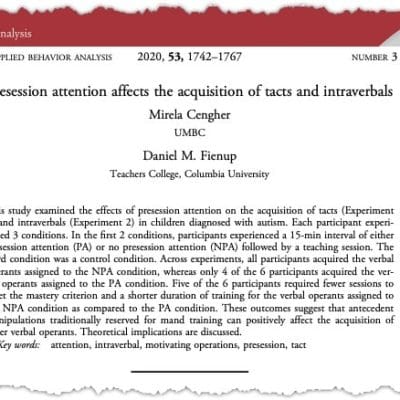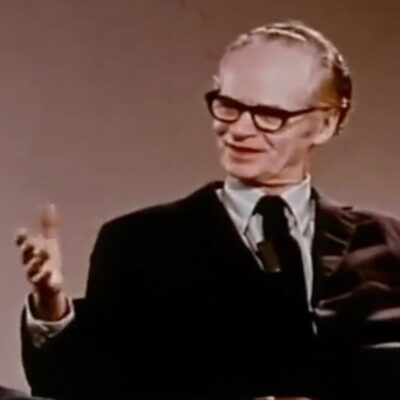Selecting, Confirming, and Maintaining an Alternative Method of Speaking for Non-Verbal Children and Adults
Patrick McGreevy
Many non-verbal children grow into adults without an effective alternative communication method, despite some being taught to use picture exchanges, voice-output electronic devices, or sign language. Often, these alternative methods are abandoned for more portable and equipment-free methods like informal gestures. This presentation from the 2016 Michigan Autism Conference presenter discusses procedures for selecting and testing the effectiveness of alternative communication methods.
This product has been discontinued.
You may also like…
-
Article Quiz

2.5 BCBA CEUs
Presession Attention Affects the Acquisition of Tacts and Intraverbals
Mirela Cengher & Daniel Fienup$24.99 Add to Cart Quick View -
Interactive Video

1.5 BCBA CEUs
B.F. Skinner on Education
B.F. Skinner4.97 out of 5(31)$14.99 Add to Cart Quick View -
Multimedia Tutorial

8 BCBA CEUs
An Introduction to Verbal Behavior
Norman Peterson4.24 out of 5(306)$79.99 Add to Cart Quick View


